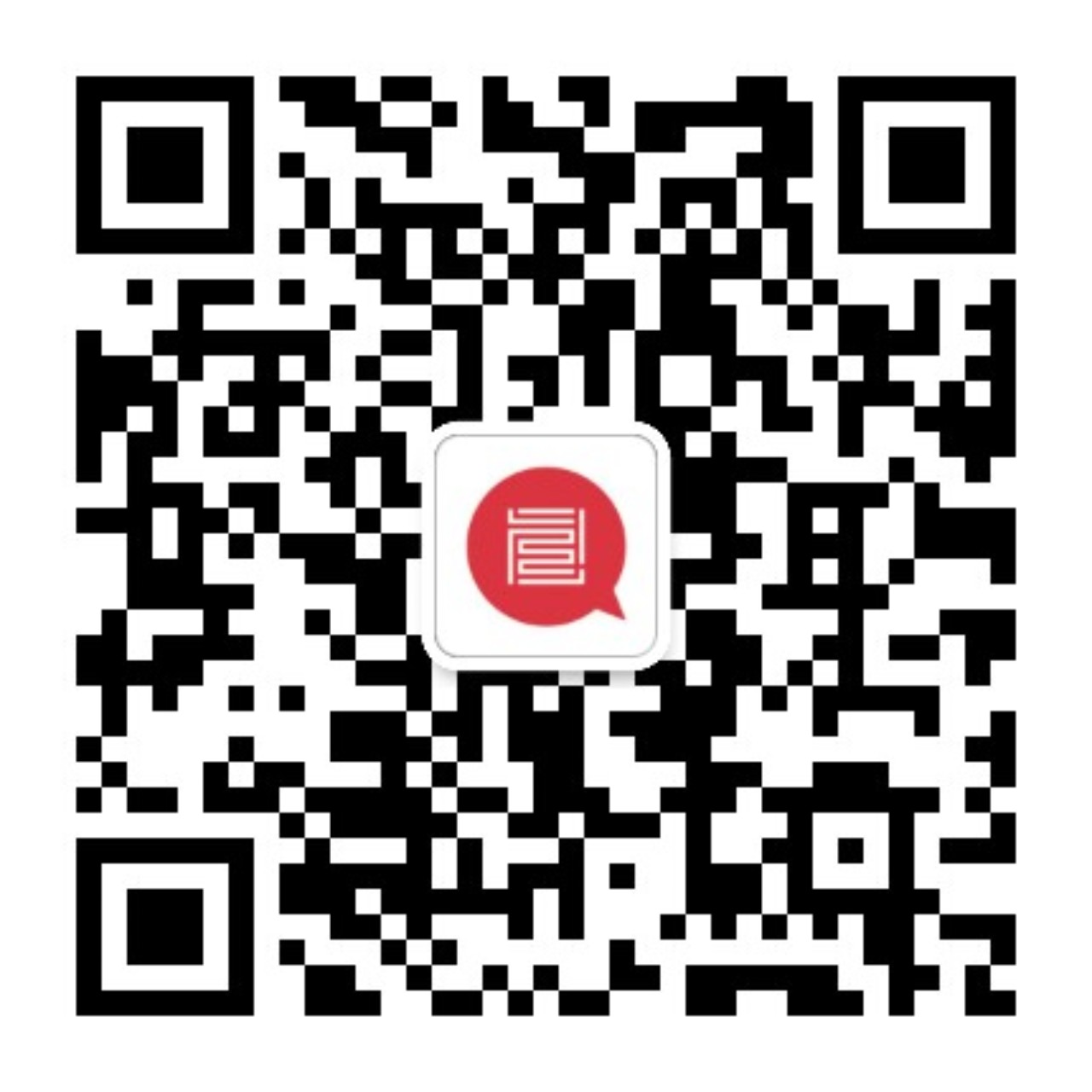

在迷失的当下,寻求共生
李雨航
从对自然的崇敬到对自然的认识、模仿,再到占领与控制,人从对外界变化的理解由最初的非理性思维到理性思维,从对突如其来的事件的接受性思维再到主动认知和预测外界可能发生的情况。人已经不再自认为渺小,并由宗教神圣性走入了当代社会个人的神圣性。在自认为已经将对自身不利因素通通排除在外以及对周遭有了一定掌控力的同时,自然也在刷新着人们对她的定义,并提醒着人的局限性。在由人主宰的世界秩序中,人们在失衡的当下面临一种迷失,需要重新审视自身与周遭的关系。
法国哲学家拉图尔(Bruno Latour)呼吁共同面对“人类纪”(Anthropocène),纯粹的自然似乎已经不存在了,西方传统的人与自然二元对立关系似乎已经不合时宜,人与自然的关系需要更多元化的理解。在当代谈“游牧”是否符合时宜?游牧精神中那种面对不确定因素的从容与坚定,对于当代社会中人与自然,与自我,与他者的关系有着什么样的启发?
“一起游牧”项目是一个时间与空间上的开放性实验场,集结了跨文化、跨学科、多媒介实践。“游牧”作为核心,是一种方法,不是一个名词,而是一个动词。“游牧”不是至上而下的,而是在融合与互惠。不是一种固化的趋势,而是一种对熟知的动摇和反思。“游牧”不是一种单向的顺从,而是一种换位思考,不是一种景观和浪漫化的结果,是一种动态的、可持续的概念。“一起游牧”对于中心和边缘的定义提出怀疑,从边缘走入中心,再由中心回到边缘。
“一起游牧”从身体出发,当代的城市生活中身体被各种媒介所延展,每一种媒介都能使我们做更多我们的身体能做的事情,“一起游牧”可以使我们在当代科技所建立的真实与虚构中回到身体本身的经验,重新拾起被抛弃的感知。从仪式出发,由传统的宗教仪式到当代日常的仪式感,引发着人们对于当代神圣空间和世俗空间的思考。
“一起游牧”项目没有传统的架上艺术,艺术家们产出的作品不是为了填满美术馆,而是发生在大自然或者公共空间中,艺术家们走出工作室,介入社会公共空间,或是走向大自然,不再是创作者将自己封闭在自己的世界里等待着灵感的一现。与自19世纪现代艺术以来一直强调的“独特性”有区别的是,“一起游牧”项目强调一种集体性、公共性的特征,艺术家们带着自身的洞悉去行动,与当下的情景与现实结合。
艺术给我们带来什么?又回应了当下的什么问题?
一个不再是人类为中心,被哲学家和人类学家描述为环境恶劣的末世中,强调发展与进步的资本主义社会是否符合时宜?参与探讨当今资本主义废墟世界中生活的可能性的行动者们有哲学家,人类学家,艺术家,他们从边缘或者微小的切面,去拓展到一个庞大的主题,对人类岌岌可危的处境做出的回应。
从人类被包含在内的“第一自然”,到遭到资本主义改变的“第二自然”, 驯化与被驯化、征服与被征服,人类在这个过度中成为主体, 而学者们提出的“第三自然”又会有怎样的可能性?
面对当下的迷失,艺术家和学者们提出打破固有的本我意识,提倡人与自然共生的时代,以及与其他文化甚至物种等“他者”共生的进步观。
“一起游牧”是对于当下失衡近况的号召,艺术家们的共识使人与人联结成新的共同体,由“一起游牧”计划产生了当代意义下的“部落”,这个“部落”并不是以单一文化背景下的人们组成,“一起游牧”在集体的共识与集体记忆中保持着艺术家们各自的独特性,并尝试碰撞出新的可能性。在“一起游牧”这个实验场中可以看到不同文化的人们的共情,在差异中寻求共性和共同的出口,“一起游牧”是艺术家们面对当下失衡与迷失的思考,通过“游牧”去冥想,去感知、去解构,去重建。
“一起游牧”给我们提供一个消解人的主体性的思考方式,并反思根深蒂固的现代性。就像人类学家安娜·秦Anna Tsing说的:让我们牢记这世上所有生命,无论人类或非人类,所共同拥有的蓬勃生机。人类无法靠践踏其他生命而独活。
Seeking Symbiosis in the Lost Contemporary World
Li Yuhang
关于作者

英格兰温德米尔湖, Windermere Lake, England, 2016

一起游牧|于伯公《移动的学院》
Go Nomadic Together|Yu Bogong
Mobile Academy
移动的营地以“游牧”露营的方式在城市中游走驻扎交流,这一行动通过重现游牧的精神性来回应今天社会主体所面临的精神困境和心理压力。正是这样的处境将我们的焦点引向“游牧”(平等、节制、和谐、自然)人与自然和谐共处的问题上来。

Go Nomadic Together|Narankhuu
In Quest of the Jagastai Lake
生长在城市里,从小经常会去到附近的草原找寻身份的自我认同。与生长在牧区的蒙古人不同,草原、马背、自然是他们现实的家,而我在钢筋混凝土中生活,心里是奔放的。从小这种身份的印记与环境的造就便在矛盾中冲突着。

Go Nomadic Together|Ariuntugs Tserenpil
Unnameable Manufacture
面对人类对自然的破坏,我希望能够通过艺术的语言,以独特方式表达个人情感。在逃离游牧文化,向所谓的城市化转型的时期,我们如何最大限度地减少对自然的伤害?我们是不是要表现得除了无止境地消费之外别无选择?我们的信仰是什么?这些都是我在作品中提醒人们反思的问题。

一起游牧|那顺巴图"Nameless Wind"
Go Nomadic Together|Nasanbatu
Nameless Wind

一起游牧|姜仓浩日乐·额尔德尼巴雅尔《镜子里物体比你看到的更近》
Go Nomadic Together| Jantsankhorol Erdenebayar
Objects In Mirror Are Closer Than They Appear

一起游牧|盛洁《盲音》
Go Nomadic Together|Sheng Jie
The Sound of Blind
时间只是一个界定,艺术提供的一直是另一个维度的观察,一种在人的内部思想与外部环境的对抗中所形成的思考变量,游牧是将这种变量用”生“与“活”的方式去立体化。

一起游牧|孟和琪琪格·扎拉哈扎布《瞪羚的梦》
Go Nomadic Together|Munkhtsetseg Jalkhaajav
Dream of A Gazelle
“瞪羚的梦”是一个装置三部曲,由视频、软雕塑和拼贴画组成。各部分由瞪羚的梦这一虚构故事贯穿,相辅相成,再现了蒙古草原上正在上演的悲剧。牧民们在草原上围起了篱笆,瞪羚的草场不断缩小,这些小动物钩到了篱笆的铁丝网上,最后送命。大众对此知之......

一起游牧|乌日根《来自地球的声音》
Go Nomadic Together|Urgen
Vioce From The Earth


一起游牧|边巴《窗》
Go Nomadic Together|Pen Pa
Window

独轮上的双头马正表现了当下这种两难的选择。一个车轮代表了所有选择中的个体以及可以选择的道路,不过正像独轮车一样,要前前后后来来回回地运动,才能保持平衡。只要在运动,独轮车传达的就是前行的观念。

一起游牧|刘商英《家族树》
Go Nomadic Together|Liu Shangying
The Family Tree

一起游牧|伊德尔《腾格里塔拉》
Go Nomadic Together|Yider
Tengertal
记得小时候听老人说过一句话,我们蒙古人能看的很远,可是更关心眼前的羊群。天堂在心里,草原在眼前。
一起游牧|全宝《礼物》
Go Nomadic Together|Burenerdene (Quanbao)
Gift

主要涉及人与自然的平等关系、文化遗产的保留与保护以及限制个人空间与社会的影响、人际关系等主题。有了土壤和能量的交流,每当迁移到一个新的地点,我们都会感受到它的味道。



草原上 门是不锁的 有一天毡房的门被锁上了 从此没人能进入 钥匙在我的怀里

一起游牧|乌云额尔德尼《我的空间》
Go Nomadic Together|Oyunerdene
My Space

我们所能谈的仅仅只是游牧作为一种文化的意义,但谈论这种意义的前提还是需要用身体的移动来回应和整体理解。

一起游牧|刘成瑞《双格达》
Go Nomadic Together|Liu Chengrui
Shuanggeda
本来,我们可以 举起这块燃石 以牧者或吟游者的身份 但时空已破碎 我们被压在燃石之下 燃烧,并沉默

一起游牧|顾桃《萨满地图》
Go Nomadic Together|Gu Tao
Map of Shaman
我始终没有鼓起勇气远行 而这一次 在父亲走了十五年后的今天 到未来 我继续延用父亲的田野方式 在路上用文字和镜头呼吸 这是萨满地图路的开始 不盼归期

一起游牧|蒙柯卓兰《轻柔的风》
Go Nomadic Together|Munkhjul
The Wind Is Gentle

全球文化如今进入了一种迷失方向的状态;土地和自然之间失衡,无法找到未来的方向。迷失似乎形成了一种清晰的尺度,亦或与地学系统形成连结;甚至是一次简单承认空间与方向被重置定向的开始。
这件作品由3D软件制作,是我的大型自然渲染场景实践项目的一部分。模拟自然的过程是一种冥想练习,激发我更仔细地去观察自然世界的美丽、语言和细节。


一起游牧|琴嘎《围栏剧场》
Go Nomadic Together|Chyanga
Fenced Theater

游牧,是传统游牧民的生产和生活方式形成的政治结构和生存机制。随着人类历史文化的衍变,游牧作为一种文化形态,给世界提供了不同的思维与感知的维度。游牧的动态结构,不断地改变和跨越主流观念与经验的边界。在全球化席卷世界的浪潮中,游牧的当代性价值反向地浸入我们的日常生活,价值观的差异与多元的结构逐渐生成,呈现出重构当代生活方式的趋势。
个体的艺术实践,在与自然共生和与现实撕裂的处境中,身体的移动,使得对事物的认知产生不断变化的感性逻辑,这对于打破主流的认知壁垒尤为重要。游牧的当代性实践,涉及范围广泛,关乎历史、人文、自然、信仰、现实处境以及生活方式的变化等相关问题的讨论,每个人都有切身的体验和见解。通过此次从“独自”到“在一起”的艺术实践的聚焦,26位艺术家个体的行为方式汇聚在一起,探讨当代艺术生活的游牧化,以及ta形成的力和内在逻辑结构。
所邀请的26位艺术家,来自多个民族、不同的生活地域,从2020年6月20日开始,自主选择时间和地点,进行个人化的“游牧”艺术实践。历经一年,作品已经全部完成,艺术媒介多元混合,包括雕塑、绘画、装置、行为、影像、声音、音乐、舞蹈等;实施地点在不同国家和地区的草原、沙漠、山地、城市,亦或是互联网世界;他们所探讨的核心观念都指涉“游牧”的传统与现实、生存与信仰、主体与他者、身体与自然、直觉与理性、临时与生长、感知与方法的关系等,这些思想的能量汇集在一起,探讨是否可以一起重新搭建我们的日常生活?
“新冠”病毒在全球蔓延的语境下,“一起游牧”是一次打开的“游牧”艺术项目,选择在互联网平台上陆续发布内容,是一次跨区域的个体艺术实践与观点的刷新和敞开,促使我们反观自身所处的差异与多元的现实、异质同构的观念壁垒的同时,需要不断讨论与行动。这仅仅是个开始,“一起游牧”持续以“转场”的方式参与到艺术与生活中去。
Nomadism involves political structures and living mechanisms nomads formed over years in their production and life in the traditional sense. Along with the evolution of human history and civilization, this cultural pattern has offered the world a different perspective of thinking and perception. With a dynamic structure, it is in an ongoing process of changing or crossing the established border of conventional concepts and experience. The contemporary aspect of nomadism, amid overwhelming globalization, has reversely penetrated our daily life and brought about differences in values and pluralistic structures, revealing the trend to re-construct our way of life in the contemporary world.
To individuals engaged in art, while co-existing with nature and detaching himself from reality, the movement of their physical beings leads to dynamic sensibility-based logic, which is more than necessary for breaking the conventional pattern of understanding. The contemporary practice in nomadism covers a wide range of topics, from history, culture and nature to belief, reality and changes in life style, offering a platform for everyone to share their unique experience and understanding. This art project, from “ individual” to “collective”, brings 26 different individual events together to explore the possibility of a nomadic contemporary art life, its formative power and inner structure of logic.
Starting from June 20, 2020, the 26 artists invited from different ethnic backgrounds and different areas, chose freely when and where to carry out their individual “Nomadic” projects. After a year, all the projects are now ready to meet the public. These works employ a variety of media, including but not limited to painting, sculpture, installation, performance, video, sound, music, dance, etc; the places where these projects are carried out internationally can be a prairie, a desert, a mountainous region, a city, or even the cyberspace. For all the diversity, their core ideas all focus on relations between tradition and reality, survival and belief, the self and the other, the body and nature, intuition and reason, temporariness and growth, perception and methodology... These insights assemble here to examine the possibility to rebuild our everyday life.
With the COVID-19 pandemic continuing to rage across the world, “Go Nomadic Together”, as an open “nomadic” art event spanning different regions, unveils in the cyberspace projects to reshape and exchange experience in individual art practice and the underlying ideas, encouraging reflection on our reality of difference and pluralism, as well as on conceptual barrier of isomorphic nature on one hand, and continued discussion and action on the other. What is presented here is only a beginning, as “Go Nomadic Together” is about sustained efforts to participate in art and life in the way nomads shift from place to place seasonally and territorially.
Rhizomic Space, with no bricks or motar, is founded as a nomadic space by Chyanga (Qin Ga) at the end of 2011. Working through different channels and in different forms, it chooses social public spaces with mobility to launch and organize experimental art projects to explore the extension of contemporary art in social public places, the contingent aspect of space production, temporary structures, sustainable force, and the sculpture of transmigrated life. It has completed a series of projects, including “Packing Case Project” (2012-2014), “One Dream Project” (2012-2013), “Read Flag Primary School” (2014), “Make Waves” (2013-2014),“Fly Together: Shijiezi Village Art Practice Project” (2015-2020), “Volunteering Project: People ’ s Kindergarten” (2016-2017), "NomadRelays Project" , "Go Nomadic Together Project "(2020-) is currently on show.
文字、图片、视频版权归艺术家和造空间Rhizomic Space所有,转载必须和我们联系!



已展示全部
更多功能等你开启...






 分享
分享